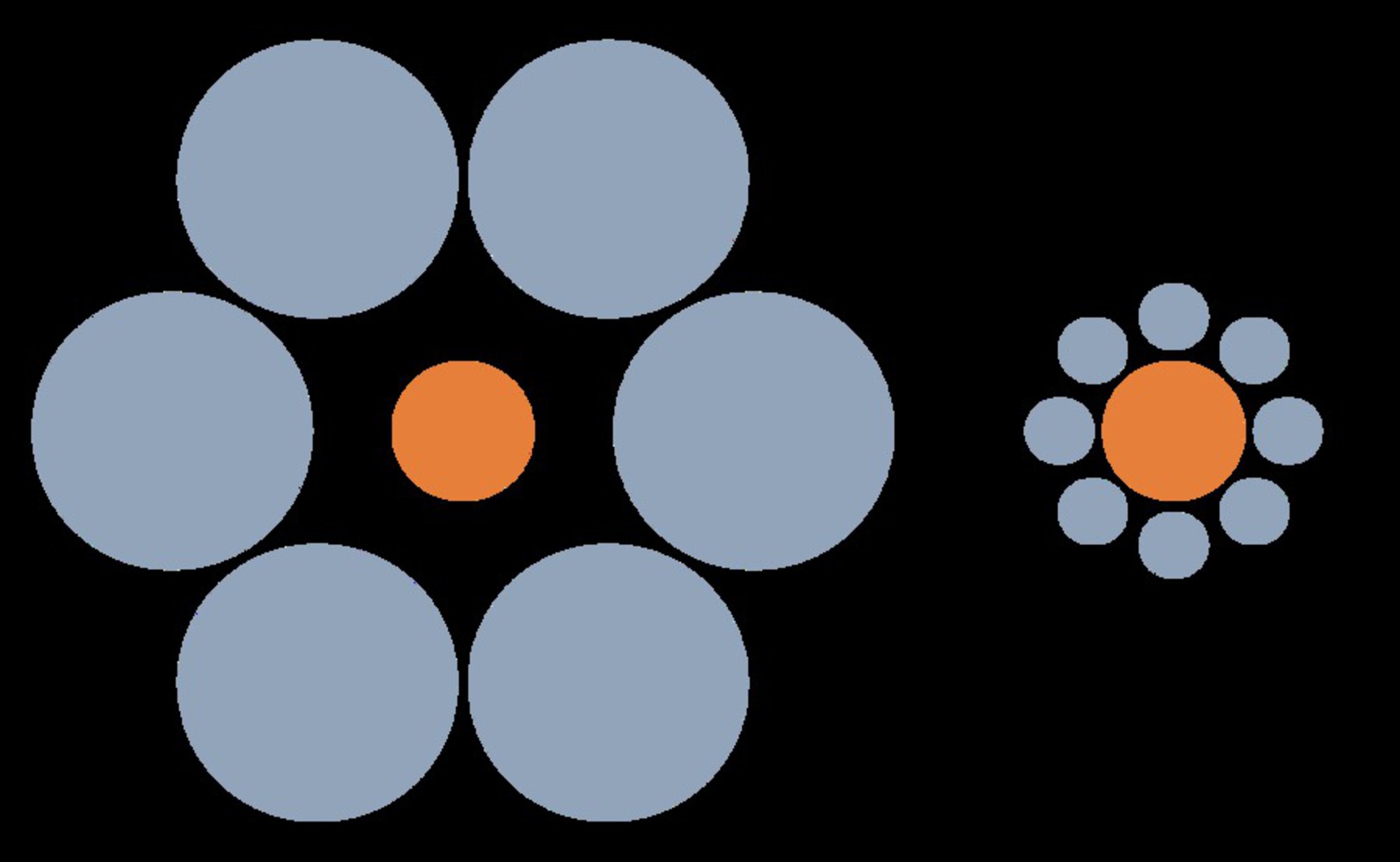Curatorial Statement
Ebbinghaus's Galaxy is a re-imagining of the famous Ebbinghaus illusion in a planetary setting. The Ebbinghaus illusion is known as a static image of two sets of circles; one circle of a set size surrounded by bigger circles, and another circle of the same set size surrounded by smaller circles. Because of relative perception, the circle surrounded by bigger circles appears to be bigger, when it is in fact the same size as the other circle. Ebbinghaus's Galaxy animates this illusion and replaces the circles with planets and moons. The outer circles rotate and continuously vary in size to emphasize the effect of the illusion. A short audio loop adds to the space atmosphere by providing a sense of mystery and exploration.
